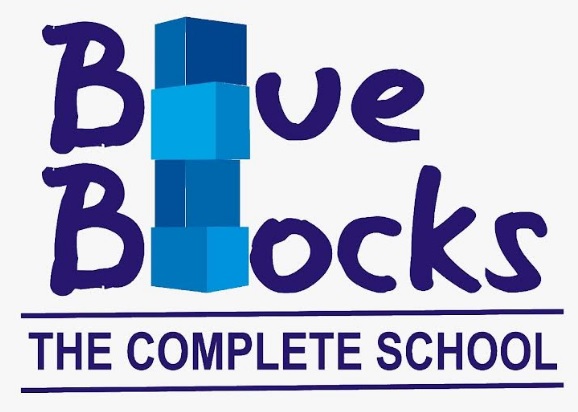
New Delhi: NFT (Non-fungible tokens), nature-inspired art, blockchain, primary school students, cryptocurrency…what's the connection Most would say, none. But ask the students of Blue Blocks - a Hyderabad-based K12 School - and 6 -12-year-olds would explain about NFTs like pros; because that's exactly what they are doing - creating NFT art.
Why NFT, why is it included as part of the schooling curriculum According to Pavan Goyal, the founder and head of Blue Blocks, "It's about being and staying relevant with today's times. We are always looking for ways to ensure that our education doesn't stay just within the books. We try to get our children to understand and align with the world around them. And today's world is rapidly transforming to one that is entirely run by technology."
This NFT-based art project provides cross-curricular learning by linking technology, business, economics, and art. The primary students of the school were given a project to create nature-inspired superhero figures with unique powers to make a difference in the world. These art pieces have then been digitized and uploaded to a site called Rarible, an online site that allows artists to create and sell digitized or crypto-assets of their artwork online.
What is NFT art
An NFT art is a digital asset that exists completely in the digital universe - you can't touch it, but you can own it. And it's not just art; an NFT can be any type of digital file - drawing, painting, an article, music, or even a meme - that can be sold and bought just like a physical asset, but with cryptocurrency, like Bitcoins or other such types of digital currency. People can bid for these art pieces, like in an auction, and are sold to the highest bidder. The art remains in the digital realm and can be resold digitally.
But the main difference between physical and NFT art is that this provides unique copyright or legal ownership to the creator, which is recorded on a Blockchain ledger. So, how many ever times this art is sold, it can always be traced back to the original creator, and each time the art is sold, the artist will receive a royalty or share of the sale price, which doesn't always happen in the real world. And since the transaction is done with cryptocurrency, the valuations can sometimes be astronomical. Just to give an example, FEWOCiOUS (not real name), an 18-year-old schoolboy sold his artwork, The EverLasting Beautiful, for USD 550,000. That just shows the potential of this medium.
Innovating a new future
For the children of Blue Blocks, this is not their first venture or exposure to integrating and creating something with technology. The school has a full-fledged lab for innovation that allows children to learn, understand and work with technology on practical applications. Guided and mentored by industry experts, the children had a couple of years ago, created fully functional drones that have been applied for patents. And this is just one among the numerous other ventures that the children get to explore beyond the prescribed curriculum.
Pavan and his team at Blue Blocks are firm believers of the fact that good education is when you can tap into and get children to realize their true potential - whatever be the medium.
Such education not only opens the minds of the children to huge possibilities but gets them to think, discover and create things. Such modes of learning inculcate curiosity, creativity, enterprise, and problem-solving capabilities - all of which are absolute essential life skills - much beyond what is prescribed within the textbooks. And it's never too early to start this education - as is obvious with children below 12 experimenting with NFT art - Ankur at just 8 created an Xray-visioned wood monster, Revant's (9) Ailhero is a multi-eyed superhero who can see the future, Saachi at 10 is a superwoman herself while creating one, while Radhika and Shreshta, both 11, have created Galaxy and Hypno girls who can hypnotize and defy gravity. Every primary child at the school has an NFT to his/her name.
The purpose of this NFT art project is not to make money but to provide the children the exposure and avenue to a unique blend of art, technology, and economics; art otherwise usually remains an extra-curricular activity in schools. It has opened their minds to possibilities such that some children are looking at extending their art concepts of the nature-inspired superheroes into comic strips that can be published.
For the children this is the beginning to an exciting journey of discovery, for Blue Blocks, this is just another way of creating future-ready students for a world that is rapidly changing.
You can find their NFT on rarible.com/blueblocks/sale
blueblocks.in/blog/learning-with-a-difference-at-blueblocks-nft-art-and-other-innovations.
Click Here for More Institutional Activities
